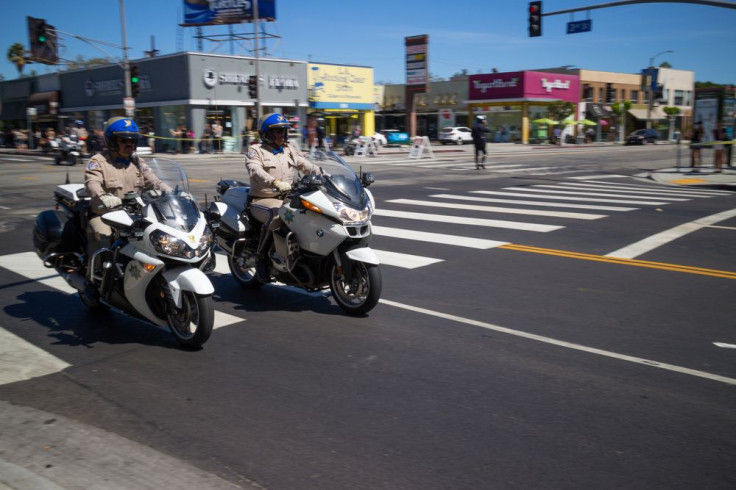
The tragic death of 18-year-old Michael Brown has spawned various reactions. The shooting of Brown, a young black male by a white cop sparked serious unrest in Ferguson, a suburban community of St. Louis, mainly due to racial tension between the majority black community and the majority white city government and police force. The shooting is currently under investigation by a county grand jury. In the wake of Brown’s tragic death and the violent protests that followed, the Associated Press researched the racial balance between police forces and the communities they protect and serve.
The results of these analysis and research, may some-what explain the radical response from Ferguson residents, and aid the United States in eliminating the growing racial tension that has taken over media-waves in this country. The AP discovered that the racial gap between black police officers and the communities that they patrol has declined over the last generation, the report also notes that this trend is found in specific departments that were once the least diverse. However, an even larger disparity in racial gap was found with Hispanics. For example, in Waco, Texas, Hispanics make up over 30% of the total population, however the police department which employs 231 full-time officers only has 27 Hispanics officers on staff.
The AP reported that there are multiple police departments that have the same demographic like those in Ferguson, Missouri and Waco, Texas, with a largely white police force serving and protecting a mostly black or Hispanic community. Fortunately the news service is not the first to report upon the racial imbalance, during the Ferguson riots that lasted for more than a week Attorney General Eric Holder noted the lack of black police employed by the city. "Police forces should reflect the diversity of the communities they serve," Holder said. After these initial comments, Holder announced that the Justice Department was set to investigate the practices employed by the Ferguson police department. Holder stated that he and his office would investigate the “deep mistrust” between residents and police and attempt to combat the lack of diversity on the force. "If we have a basis to believe that part of the issues out there, should we find any, is a lack of diversity on the police force, that is something clearly that we will look at, make recommendations with regard to," Holder said.
According to reports the racial imbalance between blacks and whites is far less common than it was 20 years ago. However, now, there is a larger disparity for the Hispanic population in the U.S. with the AP citing specific cities, such as, Anaheim, California, West Valley City, Utah, and Providence, Rhode Island, as communities where there are large Hispanic populations, yet few Hispanic officers. "There's a huge gap between community and police," said Theresa Smith, a member of the Anaheim Community Coalition, who also lost her son in 2009 after being shot and killed by police. "You can't bridge that gap if people don't trust you."
So how can police departments fix this racial gap? Well of course higher more Hispanic officers seems like the simple solution, however a diverse police force does not immediately eliminate racial tension and presumed discrimination. Puentes New Orleans, is one group that is looking to address the problem head one. Carolina Hernandez, the executive director of the development organization, told the AP that Puentes New Orleans works with local police in an attempt to bridge the divide between officers and the Latino community. "If you're here to protect and serve," she said, "it's hard to accomplish that when the community automatically doesn't trust you."
© 2025 Latin Times. All rights reserved. Do not reproduce without permission.







